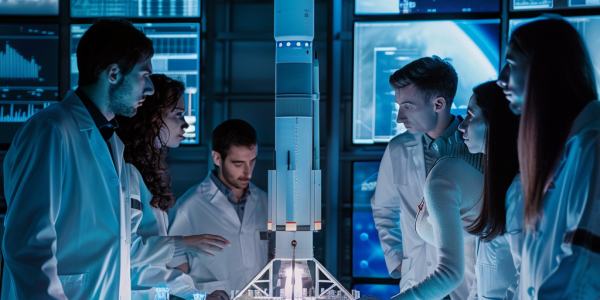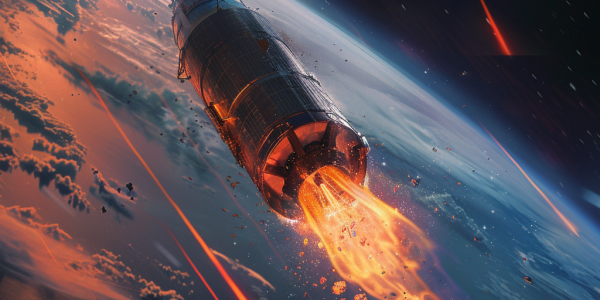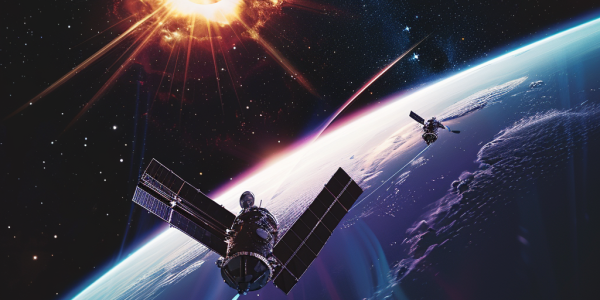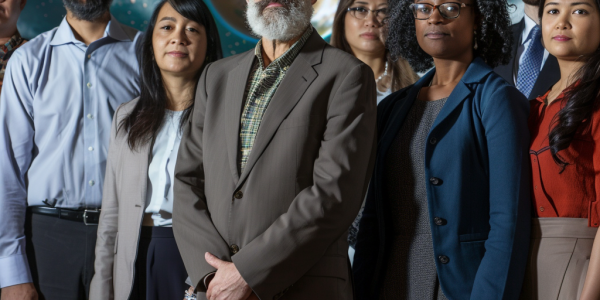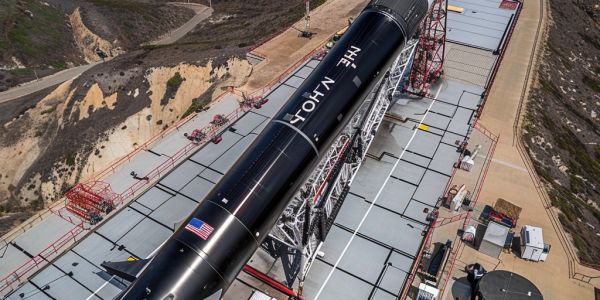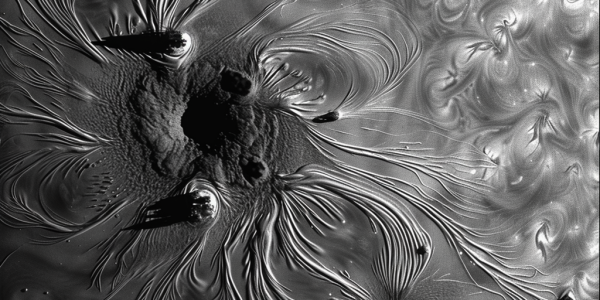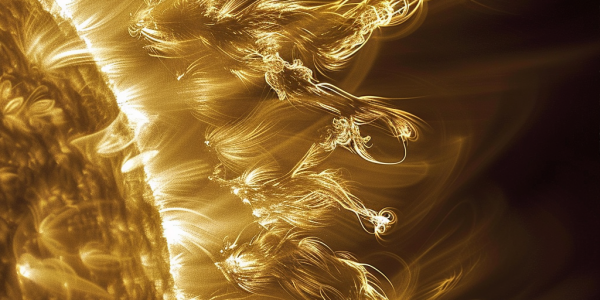Urgent Call for Action as Space Debris Crisis Grows
As space exploration expands, the rising threat of space debris poses significant risks to current and future missions. With projections suggesting a surge from 6,000 to nearly 60,000 satellites by 2030, experts emphasize the urgent need for effective debris mitigation strategies and international cooperation to ensure the sustainability of space activities.
ESA’s Euclid Mission Reveals First Cosmic Map
The European Space Agency (ESA) has unveiled the first cosmic map from its Euclid mission, showcasing a stunning 208-gigapixel mosaic of millions of stars and galaxies. Presented at the International Astronautical Congress in Milan, this initial release covers 132 square degrees of the Southern Sky and represents just 1% of the extensive survey planned over the next six years. Euclid aims to create the largest three-dimensional map of the cosmos, providing crucial insights into dark matter and dark energy. Stay tuned for more updates as Euclid continues to unlock the mysteries of the Universe.
Europe Urged to Lead in New Space Race Amidst Global Competition
The European space sector is at a critical crossroads, facing fierce competition and ambitious goals in the new space race. With advancements from private and state-backed entities, ESA’s Director-General Josef Aschbacher emphasizes the need for Europe to lead in space exploration. As NASA and China gear up for lunar missions, Europe must enhance its capabilities and foster innovation to remain competitive. Collaboration among European nations and international partnerships are crucial for leveraging resources and technology in this evolving landscape.
ESA’s Draco Mission: Pioneering Spacecraft Reentry and Debris Mitigation
The European Space Agency (ESA) is set to launch the Draco mission in 2027, aimed at enhancing our understanding of spacecraft reentry and mitigating space debris. This innovative mission will gather critical data during satellite reentries, contributing to the development of ‘designed for demise’ satellites and advancing sustainable space exploration. With a focus on environmental impacts and safety, Draco represents a significant step towards a zero debris future in orbit.
ESA’s Proba-3 Mission to Create Artificial Solar Eclipses for Scientific Study
The European Space Agency’s Proba-3 mission aims to create artificial solar eclipses using two robotic satellites, enhancing our understanding of solar activity and its effects on Earth. Scheduled for launch soon, this groundbreaking project will allow scientists to study the sun’s corona and improve predictive models for solar storms, revolutionizing solar studies and paving the way for future space missions.
NASA Selects 12 Scientists for ESA’s Hera Mission to Study Binary Asteroid System
NASA has selected 12 participating scientists to join ESA’s Hera mission, which aims to study the binary asteroid system Didymos and its moonlet Dimorphos. The mission, scheduled to launch in 2024, seeks to validate the kinetic impact method for deflecting asteroids on potential collision courses with Earth. The collaboration between NASA and ESA will gather crucial data on the bodies’ composition and assess changes caused by the DART spacecraft’s impact.
First Metal 3D Printing Successfully Completed on International Space Station
Breaking news in the world of science and exploration – the very first metal 3D printing has successfully taken place on the International Space Station. This milestone achievement opens up new possibilities for space technology and in-orbit manufacturing, marking a significant advancement in space exploration.
EarthCARE: Groundbreaking Satellite Mission to Revolutionize Climate Understanding
EarthCARE, a groundbreaking satellite mission, is set to revolutionize our understanding of how clouds impact Earth’s climate. With a primary objective to gather comprehensive data on clouds and aerosols, EarthCARE aims to enhance weather forecasting accuracy and climate prediction reliability. The mission, with a price tag exceeding 800 million euros, is poised to unravel the complexities of cloud impact on the climate system over its three-year duration.
Solar Orbiter Observes Active Patch on Sun, Implications for Solar Physicists
Solar Orbiter’s recent observation of an active patch on the Sun has significant implications for solar physicists in understanding the source regions of the solar wind. The spacecraft’s high-resolution images provide valuable insights into the Sun’s activity, shedding light on the connection between active regions, solar flares, and the generation of the ‘slow’ solar wind. Groundbreaking research led by Stephanie Yardley from Northumbria University utilized Solar Orbiter’s instruments to image an active region on the Sun and directly measure the slow solar wind, offering a novel approach for studying solar phenomena.
Solar Orbiter Provides Mesmerizing Close-Up View of Sun’s Corona
The European Space Agency’s Solar Orbiter spacecraft provides a stunning close-up view of the sun’s corona, showcasing intricate features such as coronal moss, spicules, and coronal rain. This mesmerizing video reveals the sun’s outer atmosphere in all its glory, with temperatures reaching 1.8 million degrees Fahrenheit. Solar Orbiter, equipped with the Extreme Ultraviolet Imager, captures unprecedented images of the sun’s atmosphere, working in conjunction with NASA’s Parker Solar Probe to study the sun’s cycles, atmosphere, and solar wind.



